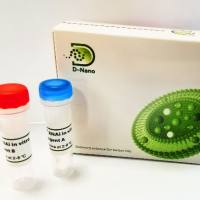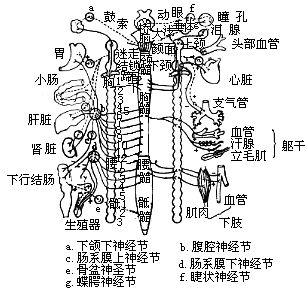Autonomic Nervous System In Vitro: Studying Tonically Active Neurons Controlling Vagal Outflow in Rodent Brainstem Slices
互联网
725
Central mammalian neurons often show spontaneous discharge of single action potentials at regular rate. Several types of such
‘tonic’ neurons are involved in sensing or control of the intake and processing of food. Brain slices containing tonically
active hypothalamic neurons are one established in vitro model for studying interneuronal and cellular signalling pathways
underlying metabolism-related autonomous nervous functions. Here, we focus on brainstem neurons of the dorsal vagal (pre)motor
nucleus (DMNX) and the nucleus tractus solitarius (NTS), which both represent pivotal relay areas for control of nutrition
and digestion. We compare tonic (pre)motor dorsal vagal neurons (DVN) with similarly active glucagon-like peptide-1 (GLP-1)
neurons that comprise a subgroup of NTS cells. This chapter has four aims: (1) to show that central neurons with different
functions are capable of generating tonic discharge upon isolation in a brain slice; (2) to exemplify electrophysiological,
optical and molecular tools applicable for analysing responses of such neurons to anoxia and aglycaemia; (3) to exemplify
biophysical membrane processes involved in the latter metabolism-related or neuromodulator-induced variation of their activity;
and (4) to point out methodological strategies for preserving their (sensory) functions and also pitfalls in that regard.
We expect that some of our findings using improved in vitro conditions for studying metabolism-sensitive tonic brainstem neurons
are applicable, if not necessary, for in vivo-like spontaneous activities and cellular properties of neural networks in slices
from other brain regions.










